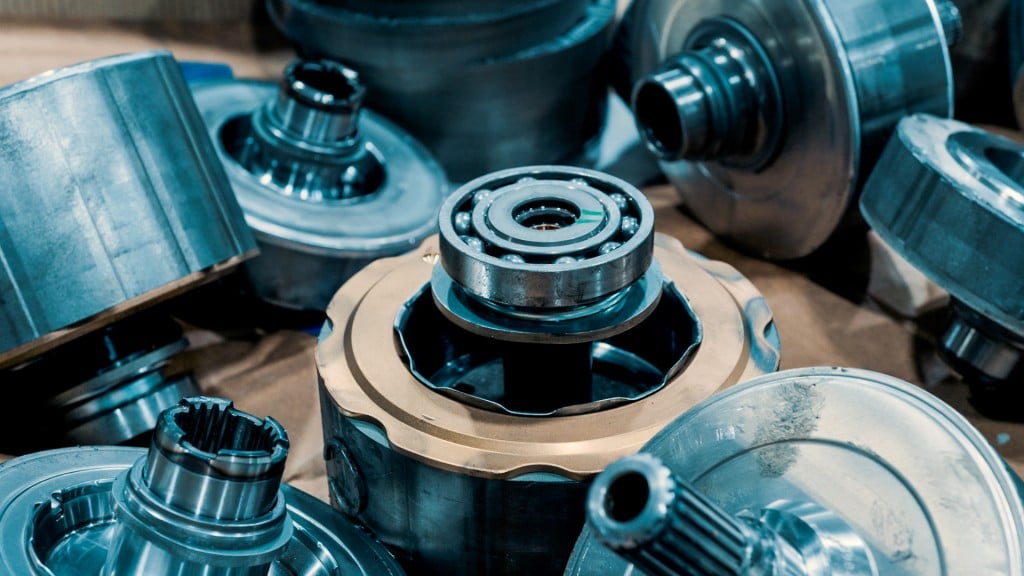Reducing the risk of fires and explosions at recycling facilities
WorkSafe BC circulates safety bulletin with tips and insight fire-safety best practices for recyclers

At a metal recycling facility recently, a compressed gas cylinder exploded when it was cut with a metal shear. At a different facility, an explosion occurred when a vehicle ran over a plastic garbage bag. Workers didn't know the bag contained a discarded propane tank. At another recycling facility, a propane tank exploded when it was inadvertently loaded into a shredder with a pile of scrap metal. This bulletin can help employers identify hazards and reduce the risk of fires and explosions at recycling facilities.
Recycling facilities sometimes handle explosive or flammable products such as household aerosol bottles, paint cans and propane tanks. The risk of fire or explosion is higher if these types of containers are crushed, compacted, or shredded during the recycling process. Since workers are unlikely to know if containers hold any residual propellant, or flammable or explosive substances, all such containers should be considered potentially hazardous.
What increases the risk of fires and explosions?
Most incidents involve cutting, shearing, or compacting metal, especially when compressed gas containers are involved. For example, fires or explosions can occur when high-temperature tools, such as torches, are used to cut containers holding flammable substances. The containers' contents can ignite, and so can the paint on the containers. High-temperature tools can also produce sparks that may land on and ignite flammable materials nearby.
Tanks and other containers may hold residual flammable or explosive substances when they are brought into recycling facilities. Workers may inadvertently miss a label indicating that a container may hold a flammable or explosive substance. In other cases, containers may be mislabelled or have no label, yet contain hazardous substances. The containers may be hidden inside garbage bags or in piles of other recycling, making them difficult to identify.
Failure to remove these containers from the recycling process could result in fires or explosions when they are cut or compressed.
Other activities that increase the risk of fire or explosion include the following:
• Processing substances that produce combustible dusts
• Dismantling end-of-life vehicles
• Stockpiling contaminated organic debris
Reducing the risk
As an employer at a recycling facility, you can reduce the risk by putting in place the following safe work practices:
• Organize the worksite to isolate workers from potentially hazardous work processes, particularly metal shredding.
• Develop and implement policies and controls
to restrict or safely manage incoming pressurized containers.
• Separate hazardous and flammable materials from all other materials as early as possible in the recycling process.
• Implement strict controls to prevent taking in items within bags or boxes.
• Provide sufficient time for workers to sort materials.
• Train workers to recognize and respond to potential hazards.
• Ensure workers are provided with and use the necessary personal protective equipment (PPE) to protect them from workplace hazards.
• Ensure workers wear conductive footwear and flame-resistant apparel when working with waste fuel.
• Ensure that metal waste containers are bonded to grounded receiving containers to avoid buildup of static electricity.
• Develop written procedures for workers to follow so they can safely deal with unknown substances whenever they are found.
• Improve safety in storage areas by:
-Eliminating ignition sources;
-Taking steps to protect against possible collisions and spillage;
- Ensuring that a fire-suppression system is installed and firefighting equipment is available.
Also key to fire safety at recycling facilities:
• Ensure that containers used to sort and store incoming materials are suitable for flammable liquids.
• Be aware of the potential for combustible dusts — including metal dusts — to accumulate. If combustible dust collects in a building or structure, or on machinery or equipment, it must be safely removed before built-up dust could cause a fire or explosion.
• Segregate and monitor any contaminated soil and organic materials produced as by-products of metal recycling. Dispose of these materials as soon as possible in accordance with provincial requirements.
OHS Regulation requirements
• Section 4.41, Waste material
• Part 5, Chemical agents and biological agents (Key sections include Containers and storage, Flammable and combustible substances, Substances under pressure, Controlling exposure, and Hazardous wastes and emissions.)
• Part 8, Personal protective clothing and equipment
• Section 12.116, Flammable and explosive substances
• Section 12.119, Equipment inspection
• Section 12.120, Flashback prevention
The BC Fire Services Act and hazardous waste legislation and regulations are also relevant. Resources:
• Explosion or fire at recycling facilities that process explosive or flammable materials (WorkSafeBC)
• Combustible dust (WorkSafeBC)
• Waste management and recycling (Health and Safety Executive, UK).



